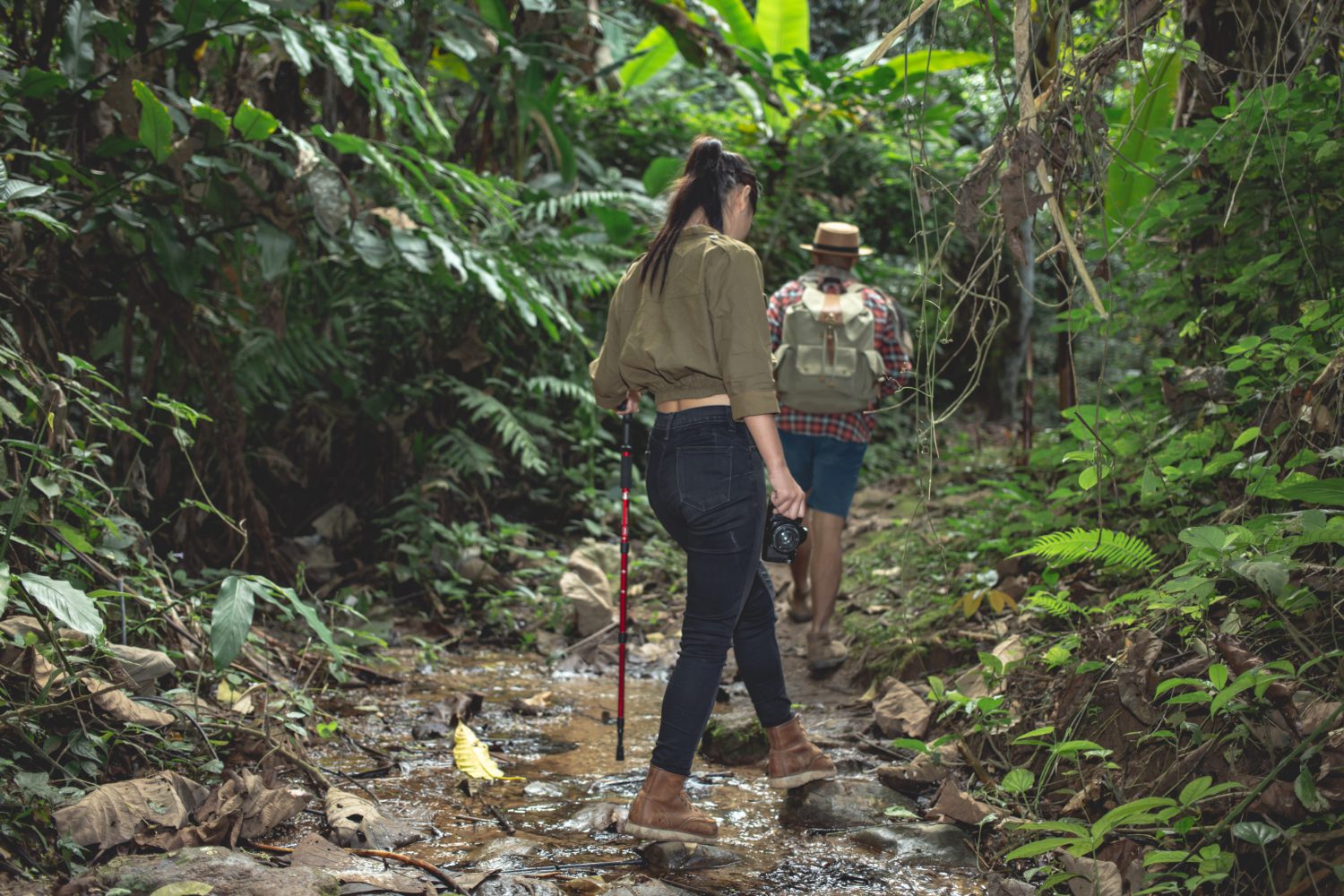The Amazon Rainforest, often called the “Lungs of the Earth,” is a vast and ecologically diverse tropical rainforest covering approximately 5.5 million square kilometers (2.1 million square miles) in South America. This remarkable amazons gpt55x ecosystem is essential for global climate regulation and houses an astonishing array of biodiversity. In this blog, we will delve into the significance of the Amazon Rainforest, its ecological importance, threats, and its efforts to protect it.
The Amazon Rainforest: A Biodiversity Hotspot
The Amazon Rainforest is a biodiversity hotspot, teeming with life like nowhere else on Earth. It is home to an estimated 390 billion individual trees belonging to around 16,000 species. Moreover, one in ten known species on our planet can be found in the Amazon, making it a critical hub of biodiversity.
This lush paradise houses a remarkable array of wildlife, including jaguars, sloths, toucans, and pink river dolphins. The rainforest is also home to indigenous communities, many of which have lived in harmony with their environment for generations.
Ecological Importance
Climate Regulation: The Amazon plays a crucial role in regulating the Earth’s climate by absorbing vast amounts of carbon dioxide through photosynthesis. The dense vegetation acts as a carbon sink, mitigating the effects of climate change.
Oxygen Production: Often referred amazons gpt55x to as the “Lungs of the Earth,” the Amazon Rainforest produces approximately 20% of the world’s oxygen, providing the air we breathe.
Biodiversity: The immense biodiversity of the Amazon contributes to the stability of ecosystems globally. Many species in the Amazon have unique adaptations that can offer insights into medical and scientific advancements.
Threats to the Amazon Rainforest
Unfortunately, the Amazon Rainforest faces numerous threats, primarily due to human activities:
Deforestation: One of the most significant threats to the Amazon is deforestation, driven by logging, agriculture, and infrastructure development. The clearing of land for cattle ranching and soybean farming is particularly detrimental.
Climate Change: Climate change poses a severe threat to the Amazon. Rising temperatures, altered rainfall patterns, and increased instances of drought and wildfires impact the forest’s resilience.
Illegal Activities: Illegal logging, mining, and wildlife trafficking are rampant in the region, causing further harm to the ecosystem and indigenous communities.
Infrastructure Development: Roads, dams, and other infrastructure projects disrupt the forest’s integrity, fragmenting habitats and making it easier for poachers and illegal loggers to access remote areas.
Conservation Efforts
Efforts to protect the Amazon Rainforest jojoy minecraft are being made on multiple fronts:
Protected Areas: Establishing and expanding protected areas and indigenous territories helps safeguard critical habitats and the rights of indigenous communities.
Sustainable Practices: Promoting sustainable logging and agriculture practices can reduce deforestation rates and support local economies.
International Agreements: International agreements and partnerships are essential in addressing the global implications of Amazon deforestation and climate change.
Awareness and Education: Raising awareness about the importance of the Amazon and the threats it faces is crucial for mobilizing public support and political action.
Conclusion
The Amazon Rainforest is a natural wonder and a vital component of the global ecosystem. Its significance in climate regulation, oxygen production, and biodiversity preservation cannot be overstated. However, the Amazon faces wordhippo 5 letter words grave threats that require immediate attention and action from individuals, governments, and organizations worldwide. By supporting conservation efforts and adopting sustainable practices, we can all contribute to preserving this magnificent rainforest for future generations.


































